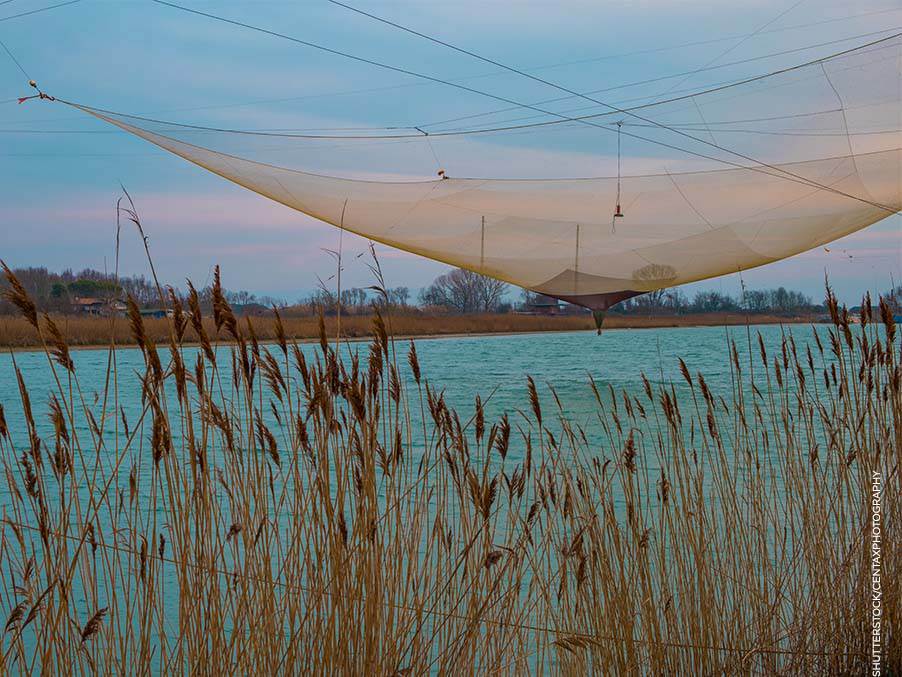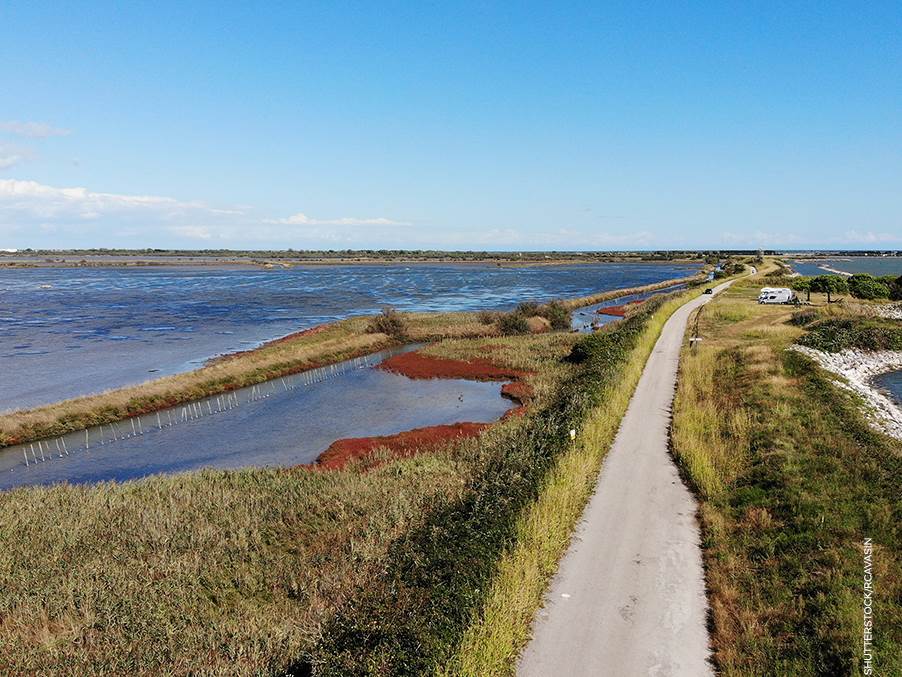Archaeological Itinerary in the Buried Towns
Among archaeological areas and museums from Noventa to Portogruaro, and Altino to San Donà di Piave
Sometimes a name provides a clue that allows us to get to know a person, or a city, better. In the case of Noventa, 'the new', 'the rebuilt', we read destiny written clearly in the name, because it happens to have been reborn twice in its history. Before it was referred to by this name (the first time was in 1090), Noventa was a Roman city founded in the 1st century BCE. Today, on the other hand, it is a town rebuilt on the remains of its Roman core and then again on the rubble of the First World War, unrolling across the flat lands of the lower Piave River bordering on the Venetian lagoon. Noventa lies in a land that gives the feeling of transition, between the Veneto and Friuli, between the countryside and the lagoon with the promise of the Adriatic Sea on the horizon. In ancient times, this area thrived on trade and river commerce, with ports, Roman colonies and prosperous settlements: its lagoon towns were like Venice, but without being Venice. Today, most of them are country towns, from whose subsoil re-emerge evidence of the precious past. For those who love to immerse themselves in ancient history, Noventa, but also nearby Altino, Portogruaro and San Donà di Piave are stops on a fascinating archaeological itinerary to discover the traces of an otherwise invisible antiquity.
PROČITAJTE SLJEDEĆU VIJEST







